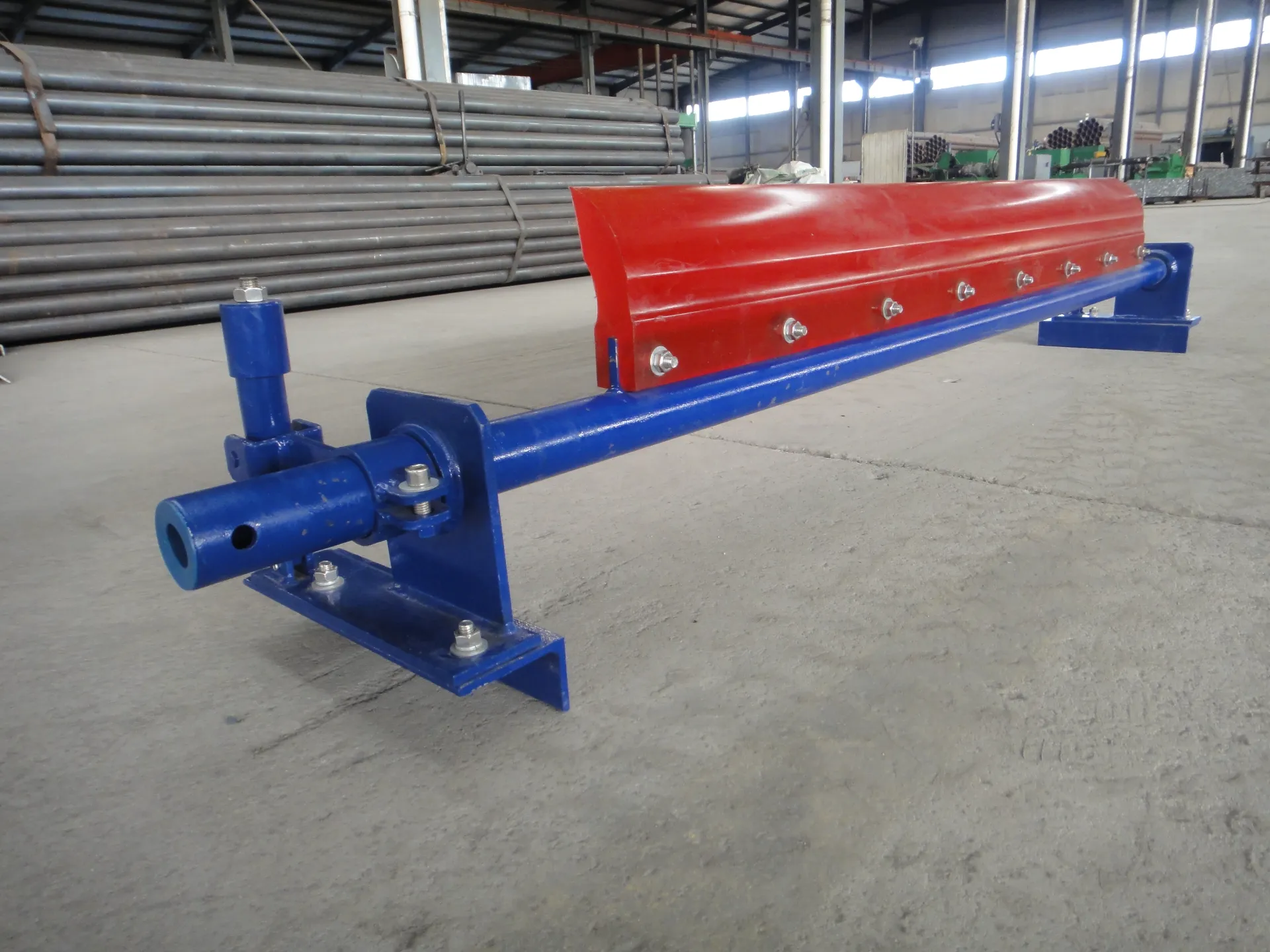 Afrikaans
Afrikaans  Albanian
Albanian  Amharic
Amharic  Arabic
Arabic  Armenian
Armenian  Azerbaijani
Azerbaijani  Basque
Basque  Belarusian
Belarusian  Bengali
Bengali  Bosnian
Bosnian  Bulgarian
Bulgarian  Catalan
Catalan  Cebuano
Cebuano  Corsican
Corsican  Croatian
Croatian  Czech
Czech  Danish
Danish  Dutch
Dutch  English
English  Esperanto
Esperanto  Estonian
Estonian  Finnish
Finnish  French
French  Frisian
Frisian  Galician
Galician  Georgian
Georgian  German
German  Greek
Greek  Gujarati
Gujarati  Haitian Creole
Haitian Creole  hausa
hausa  hawaiian
hawaiian  Hebrew
Hebrew  Hindi
Hindi  Miao
Miao  Hungarian
Hungarian  Icelandic
Icelandic  igbo
igbo  Indonesian
Indonesian  irish
irish  Italian
Italian  Japanese
Japanese  Javanese
Javanese  Kannada
Kannada  kazakh
kazakh  Khmer
Khmer  Rwandese
Rwandese  Korean
Korean  Kurdish
Kurdish  Kyrgyz
Kyrgyz  Lao
Lao  Latin
Latin  Latvian
Latvian  Lithuanian
Lithuanian  Luxembourgish
Luxembourgish  Macedonian
Macedonian  Malgashi
Malgashi  Malay
Malay  Malayalam
Malayalam  Maltese
Maltese  Maori
Maori  Marathi
Marathi  Mongolian
Mongolian  Myanmar
Myanmar  Nepali
Nepali  Norwegian
Norwegian  Norwegian
Norwegian  Occitan
Occitan  Pashto
Pashto  Persian
Persian  Polish
Polish  Portuguese
Portuguese  Punjabi
Punjabi  Romanian
Romanian  Russian
Russian  Samoan
Samoan  Scottish Gaelic
Scottish Gaelic  Serbian
Serbian  Sesotho
Sesotho  Shona
Shona  Sindhi
Sindhi  Sinhala
Sinhala  Slovak
Slovak  Slovenian
Slovenian  Somali
Somali  Spanish
Spanish  Sundanese
Sundanese  Swahili
Swahili  Swedish
Swedish  Tagalog
Tagalog  Tajik
Tajik  Tamil
Tamil  Tatar
Tatar  Telugu
Telugu  Thai
Thai  Turkish
Turkish  Turkmen
Turkmen  Ukrainian
Ukrainian  Urdu
Urdu  Uighur
Uighur  Uzbek
Uzbek  Vietnamese
Vietnamese  Welsh
Welsh  Bantu
Bantu  Yiddish
Yiddish  Yoruba
Yoruba  Zulu
Zulu មីនា . 06, 2025 15:32
Back to list
Impact Roller
In the complex world of conveyor systems and machinery, the snub pulley plays a quieter yet vital role. Positioned strategically within the conveyor belt framework, the snub pulley not only assists in improving the angle of contact between the belt and driving pulley but also enhances the efficiency of material handling operations. Understanding the location and function of the snub pulley can empower businesses to optimize their conveyor system’s performance and longevity.
Authoritativeness in designing and managing conveyor systems is rooted in a thorough understanding of each component’s function and integration. Industry standards and guidelines often highlight the importance of component synergy — where the snub pulley is a key player. Professionals who have mastered the nuances of conveyor systems advocate for regular inspections and timely maintenance. Ensuring that the snub pulley is properly aligned and free from obstructions can prevent misalignment issues that can compromise system integrity and safety. Trustworthiness in the context of conveyor system advice often comes from tried-and-true practices verified by industry leaders. Companies that prioritize the standardization of their conveyor systems with key features like snub pulleys often experience less downtime and maintenance costs. This adherence to best practices reflects a commitment to operational excellence and safety, reinforcing their standing as industry leaders. For those seeking to enhance their conveyor systems, investing in high-quality materials for snub pulleys can also play an essential role. The selection of robust materials resistant to corrosion and wear can add to the reliability and efficiency of the conveyor system. Whether it is through regular maintenance, upgrading materials, or employing expert analysis of system design, the presence and placement of the snub pulley are indispensable decisions in the quest for operational efficiency. In conclusion, the snub pulley may fly under the radar compared to its more dynamic counterparts, but its influence on conveyor belt performance is undeniable. By understanding its strategic place within the conveyor system, businesses can achieve improved functionality, increased lifespan of equipment, and reduction in operational costs — solidifying the snub pulley as a cornerstone of effective material handling solutions.


Authoritativeness in designing and managing conveyor systems is rooted in a thorough understanding of each component’s function and integration. Industry standards and guidelines often highlight the importance of component synergy — where the snub pulley is a key player. Professionals who have mastered the nuances of conveyor systems advocate for regular inspections and timely maintenance. Ensuring that the snub pulley is properly aligned and free from obstructions can prevent misalignment issues that can compromise system integrity and safety. Trustworthiness in the context of conveyor system advice often comes from tried-and-true practices verified by industry leaders. Companies that prioritize the standardization of their conveyor systems with key features like snub pulleys often experience less downtime and maintenance costs. This adherence to best practices reflects a commitment to operational excellence and safety, reinforcing their standing as industry leaders. For those seeking to enhance their conveyor systems, investing in high-quality materials for snub pulleys can also play an essential role. The selection of robust materials resistant to corrosion and wear can add to the reliability and efficiency of the conveyor system. Whether it is through regular maintenance, upgrading materials, or employing expert analysis of system design, the presence and placement of the snub pulley are indispensable decisions in the quest for operational efficiency. In conclusion, the snub pulley may fly under the radar compared to its more dynamic counterparts, but its influence on conveyor belt performance is undeniable. By understanding its strategic place within the conveyor system, businesses can achieve improved functionality, increased lifespan of equipment, and reduction in operational costs — solidifying the snub pulley as a cornerstone of effective material handling solutions.
Next:
Latest news
-
Revolutionizing Conveyor Reliability with Advanced Rubber Lagging PulleysNewsJul.22,2025
-
Powering Precision and Durability with Expert Manufacturers of Conveyor ComponentsNewsJul.22,2025
-
Optimizing Conveyor Systems with Advanced Conveyor AccessoriesNewsJul.22,2025
-
Maximize Conveyor Efficiency with Quality Conveyor Idler PulleysNewsJul.22,2025
-
Future-Proof Your Conveyor System with High-Performance Polyurethane RollerNewsJul.22,2025
-
Driving Efficiency Forward with Quality Idlers and RollersNewsJul.22,2025
OUR PRODUCTS





























